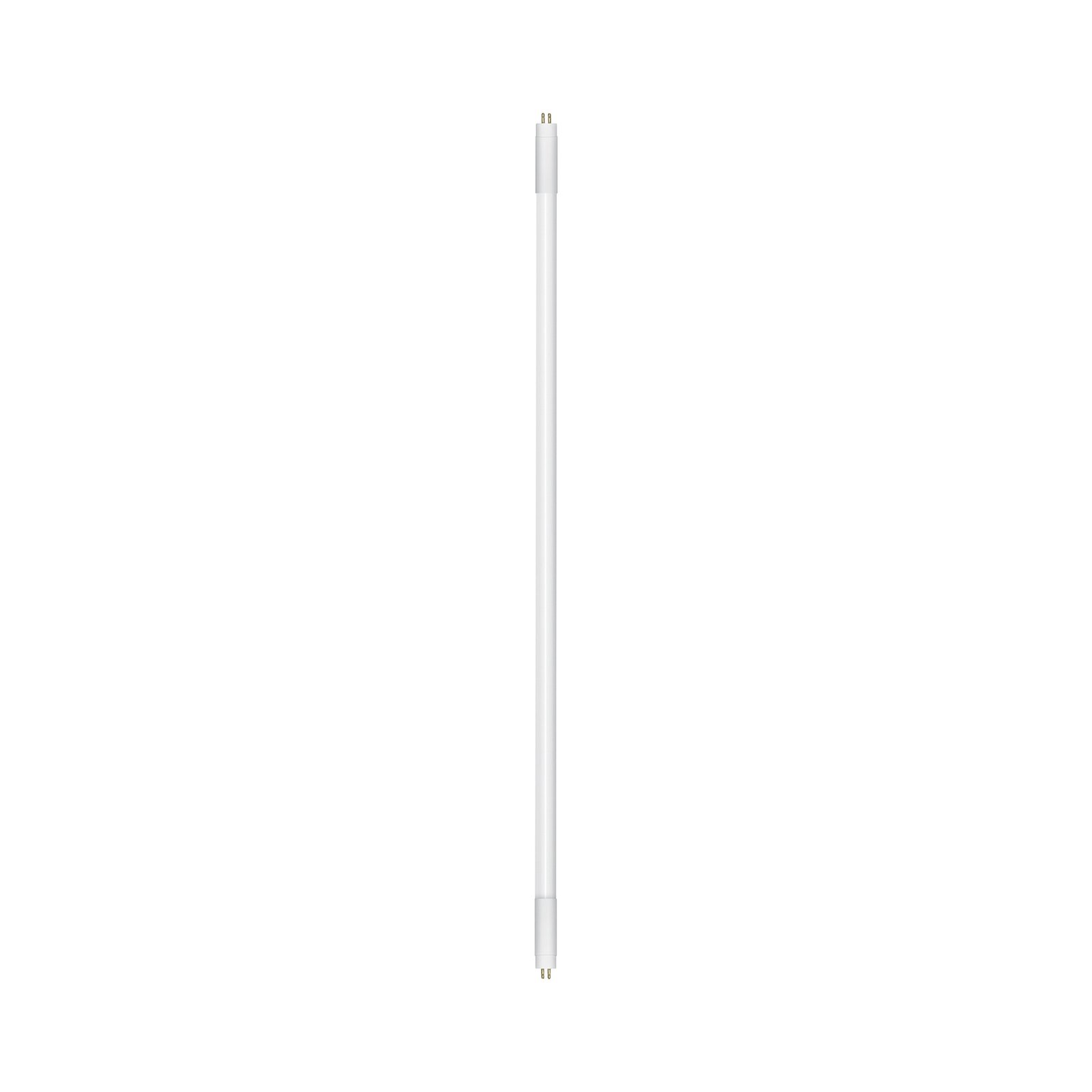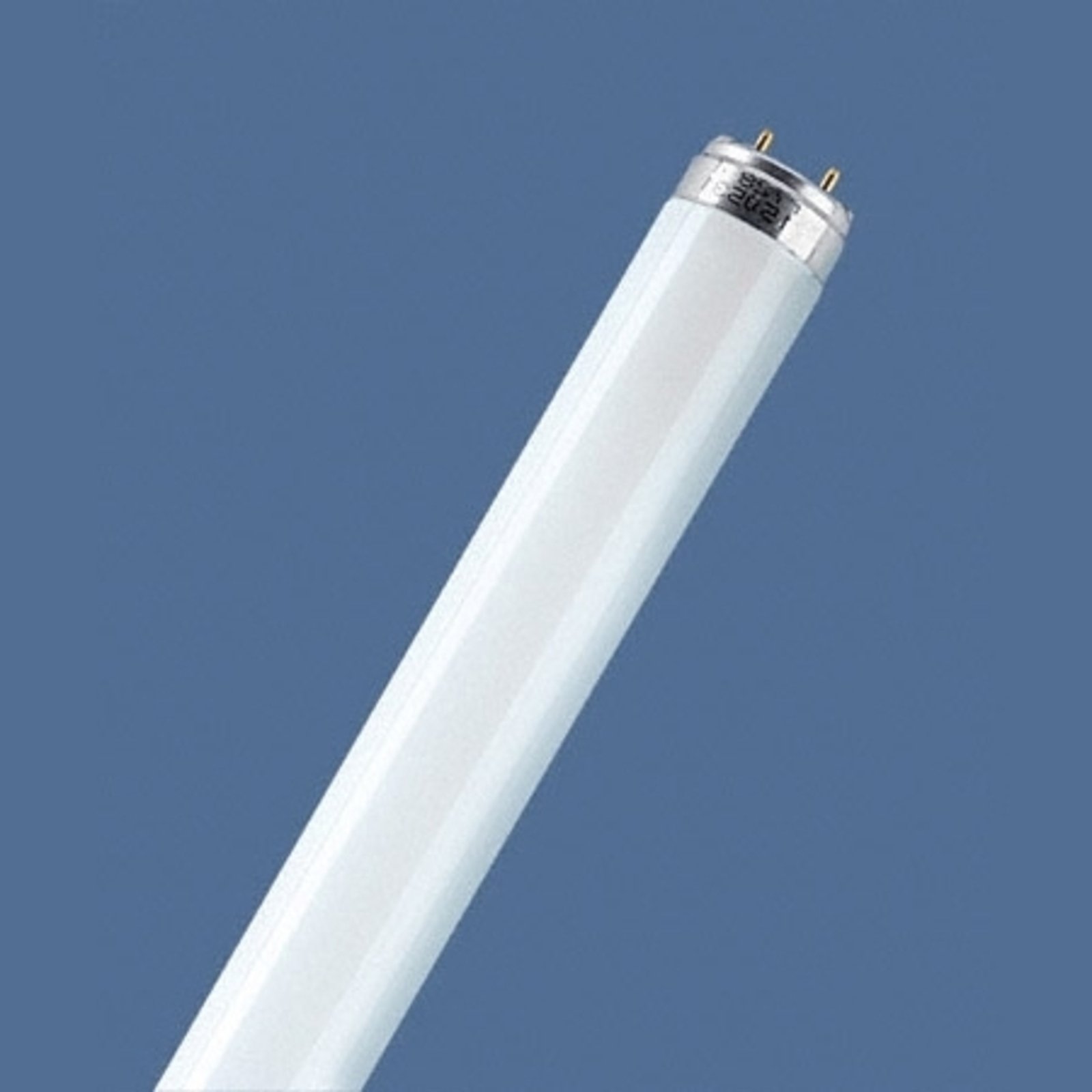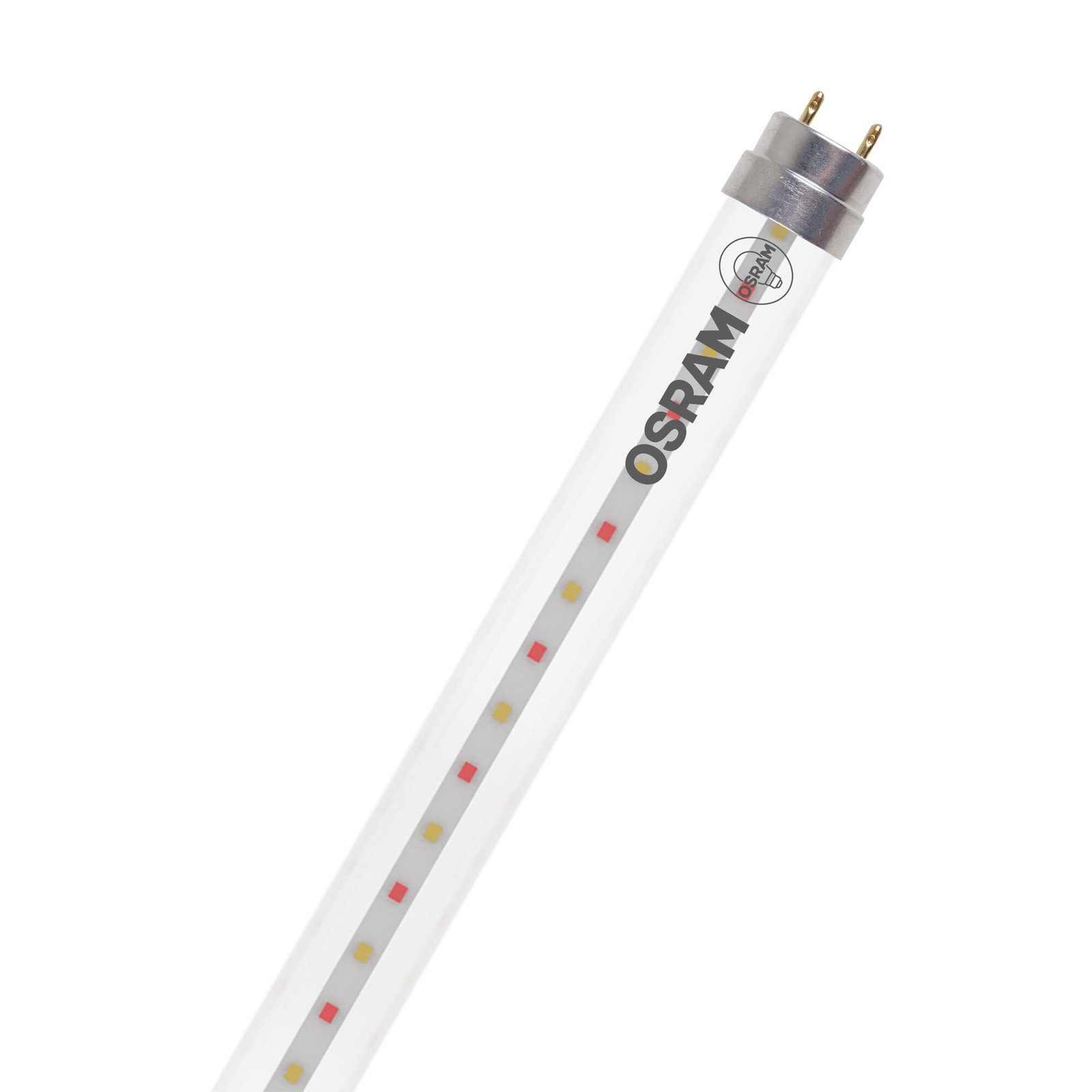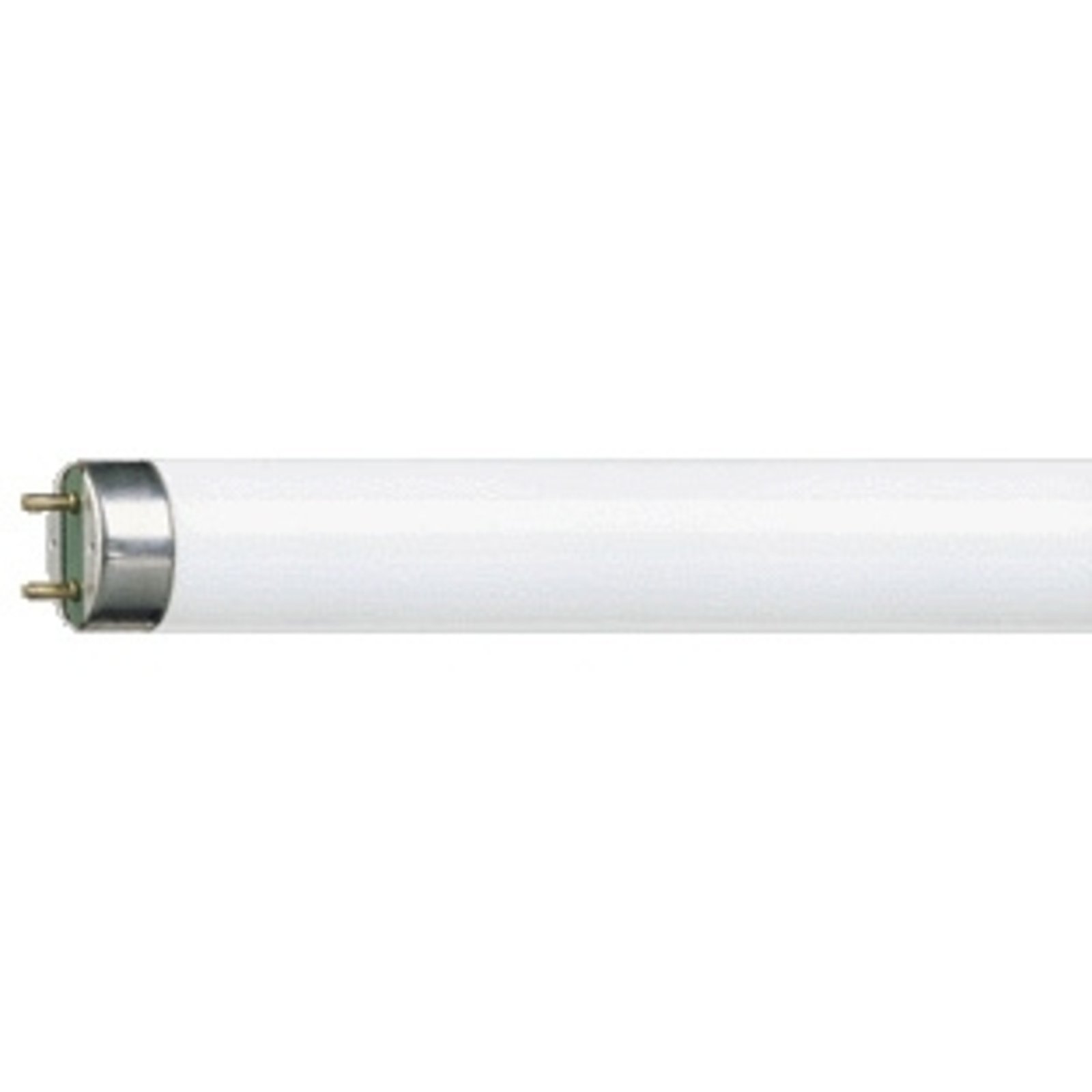- 50 days free returns
- Rated “Great” on Trustpilot
- Europe's largest selection of brands
Extra 11% off over €119 & 14% off over €179
Fluorescent tubes
Large-area light for workshop, bathroom and office
What are fluorescent tubes?
Fluorescent tubes (not, as is commonly known, "neon tubes") contain noble gas and a small amount of mercury. Light is generated by a gas discharge process in which electrons pass through the glass tube and react with the phosphor coating. Fluorescent tubes are characterized by good luminous efficacy, long service life and good colour rendering.
Fluorescent lamps are always operated in conjunction with a ballast (usually an electronic ballast, ECG). This has an influence on flicker-free start, flicker-free operation and dimmability, for example.
:format(jpeg))
Where are fluorescent tubes used?
Today, fluorescent tubes are mainly used in utility room lighting. Due to the large-area light emission, efficiency and durability, the light sources are suitable for cellar, workshop, garage or laundry room lighting, for example. Fluorescent tubes are also still used in mirror lighting, but are increasingly being completely replaced by LED lamps, as is the case with various indoor and outdoor lights.
In the professional sector, on the other hand, fluorescent tubes are still used for lighting in offices and sales rooms, industrial and exhibition halls and parking garages.
:format(jpeg))
:format(jpeg))
:format(jpeg))
Three areas of application for fluorescent tubes
What lampholders are available for fluorescent tubes?
Due to the widespread use of fluorescent tubes in the private and commercial sector, there are several lengths and wattages for fluorescent tubes. A distinction is also made between the tube diameter and pin spacing, which are coded in the socket or base designation. T5 / G5\ and T8 / G13\ fluorescent tubes are the most common light sources.
Compatibility must be carefully considered when replacing. Our customer service team will be happy to help. We also offer suitable replacement lamps, including LED alternatives, for all luminaires operated with fluorescent tubes directly in the store.
:format(jpeg))
:format(jpeg))
Are there LED alternatives to fluorescent tubes?
There are suitable, high-quality LED fluorescent tubes for almost every fluorescent tube. These have higher energy efficiency and a longer service life and are recommended for almost every area of application. Here too, it is essential to check compatibility in terms of base, length, brightness (lumens), color rendering (Ra) and also light color (Kelvin).
Our specialist consultants will be happy to help you choose the right light source: _to contact form_.
:format(jpeg))
What special types of fluorescent tubes are there?
Before LEDs became established as the most flexible of all light sources because they can take any shape, fluorescent tubes were also used as special light sources. Well-known examples of this are round kitchen lamps or magnifying lamps, where the light source surrounds the central magnifying glass in a circle to provide shadow-free light. Fluorescent tubes** of different diameters bent into a ring are used here. The use of fluorescent tubes in this form is rare today.
:format(jpeg))
Magnifier lights like these use special curved fluorescent tubes with a G10q socket.
:format(jpeg))
Ring fluorescent tube with G10q base and a diameter of around 22 cm.
The strike-through prices correspond to the manufacturer's RRP.
Included in the price of LED lights/bulbs is a contribution to recycling costs of €0.05. Included in the price of CFLs/fluorescent bulbs is a contribution to recycling costs of €0.15.
All prices include 23% VAT, delivery costs excluded.










































































:format(jpeg))













:format(jpeg))





:format(jpeg))
:format(jpeg))
:format(jpeg))
















:format(jpeg))


















